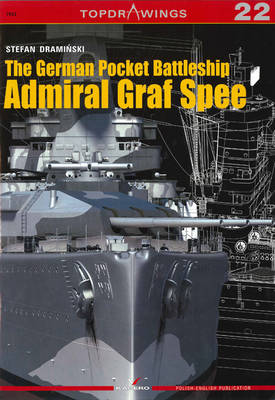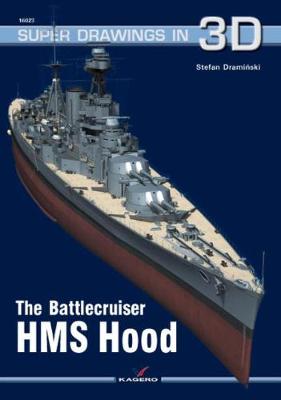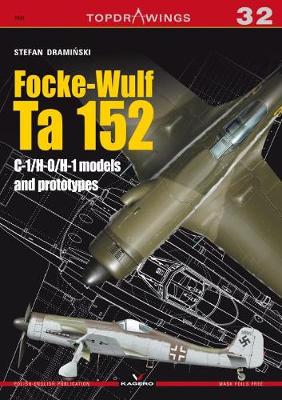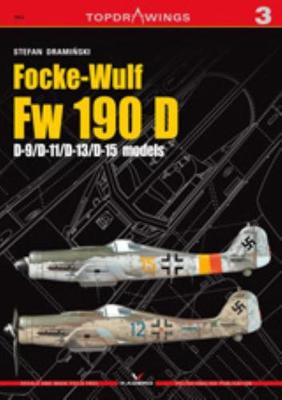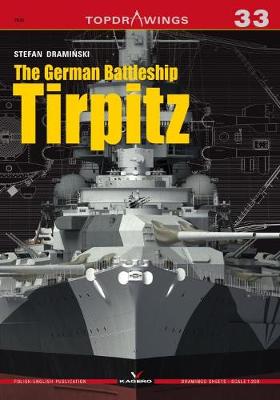Top Drawings
5 total works
The Deutschland-class ships were the first heavy vessels of the German Navy after the First World War. In Germany they were classified as “Panzerschiffe”, but in other countries the term “pocket battleships” was very popular. The third and last vessel of this class was Admiral Graf Spee. She was laid down on 1 October 1932, launched on 30 June 1934 and commissioned on 6 January 1936. During the Spanish Civil War the ship patrolled coastal waters of this country. Before the outbreak of the Second World War, on 21 August 1939 the ship steamed out for the Atlantic. From 26 September she was fighting Allied shipping, sinking nine British vessels. On the morning of 13 December Graf Spee encountered a group of Allied warships (the heavy cruiser HMS Exeter and light cruisers HMS Ajax and HMNZS Achilles) near South American coast. The gun battle that ensued went to the history as the Battle of the River Plate. Both the Exeter and her German enemy were damaged during the course of the engagement. The commander of Graf Spee, Kapitän zur See Hans Langsdorff decided to break off the battle and enter the nearby port of Montevideo in Uruguay. According to the international law the German corsair could not stay in a neutral port longer than 72 hours. Convinced that massive British forces were concentrating in the vicinity and hence the escape was impossible, Langsdorf decided to save the crew and scuttle the ship. On 17 December Admiral Graf Spee steamed to the roadstead and there the explosive charges were fired. The German ship sunk in shallow waters and her commander shot himself three days later in a hotel in Buenos Aires. The wreckage was penetrated even during the war by British divers in order to recover more valuable items and obtain information about German technology. In the post-war years many single parts of the ship were recovered.
The text part of this book describes history of the ship's construction and service. This is accompanied by more than 100 color illustrations showing HMS Hood's appearance in her final configuration, during battle of the Denmark Strait, 24 May 1941. Elements that are shown in detail include superstructures, armament, boats, equipments, rig, etc. Blueprints in 1:350, 1:200, 1:100 and 1:50 scales (general views and details) are included on a separate sheet. The publication is a great reference for building a detailed model of HMS Hood.
The Focke-Wulf Ta 152 was designed as a high altitude fighter, which could engage American heavy bombers and their escorts on equal terms. Work on this aircraft began in 1943 and the design was referred to as Spezial Höhenjäger (special high altitude fighter). The RLM soon gave it the official designation Ta 152. Professor Kurt Tank procured three basic design variants: Normaljäger (conventional fighter), Höhenjäger (high altitude fighter) and Schlachtflugzeug (attack aircraft). The conventional fighter was developed as Ta 152 C version, the high altitude fighter as Ta 152 H and the attack aircraft as Ta 152 B. The conventional fighter was tested with the use of four prototypes, powered by Daimler-Benz DB 603 E and EC engines, rated at 1,800 hp. Production aircraft were to be powered by DB 603 L engines rated at 2,000 hp. The prototypes were completed during 3 November 1944 – 15 January 1945. The high altitude version was given the highest priority, the first production version was the Ta 152 H-0 powered by Junkers Jumo 213 E engine rated at 1,750 hp on take-off, armed with one 30 mm MK 108 cannon and two 20 mm MG 151/20 cannons. The Ta 152 H-1 version had the fuel capacity enlarged by 400 liters and provision for GM 1 or MW 50 installations, temporarily boosting engine power at high altitudes. Production totaled 67 Focke-Wulf Ta 152 aircraft of all versions (mostly Ta 152 H) by the end of the war. Those few pilots, who had the opportunity to fly the Ta 152 H in combat emphasized its high speed, outstanding performance at high altitude and very short turn radius in horizontal maneuvers. Ofw. Josef Keil of JG 301 shot down five Allied aircraft flying a Ta 152 H, thus becoming the only Ta 152 ace.
The Focke-Wulf Fw 190 Würger was a German single-seat, single-engine fighter aircraft designed by Kurt Tank in the late 1930s. It was used by the Luftwaffe during the Second World War.
The early Fw 190As performance decreased at high altitudes which complicated its use as a high altitude interceptor. These complications were rectified in the Focke-Wulf Fw 190D variant in the autumn of 1944.
This book provides detailed technical drawings for one of Germany’s most valuable“workhorses”.
About the Series
This series of highly illustrated books presents detailed scale drawings of aircraft and vehicles, with supporting colour profile artwork. With detailed captions on the history, combat action and development of each machine, each volume is an exceptional reference tool for modellers, with extras such as free decals, masking foil and photo-etched brass.
The early Fw 190As performance decreased at high altitudes which complicated its use as a high altitude interceptor. These complications were rectified in the Focke-Wulf Fw 190D variant in the autumn of 1944.
This book provides detailed technical drawings for one of Germany’s most valuable“workhorses”.
About the Series
This series of highly illustrated books presents detailed scale drawings of aircraft and vehicles, with supporting colour profile artwork. With detailed captions on the history, combat action and development of each machine, each volume is an exceptional reference tool for modellers, with extras such as free decals, masking foil and photo-etched brass.
